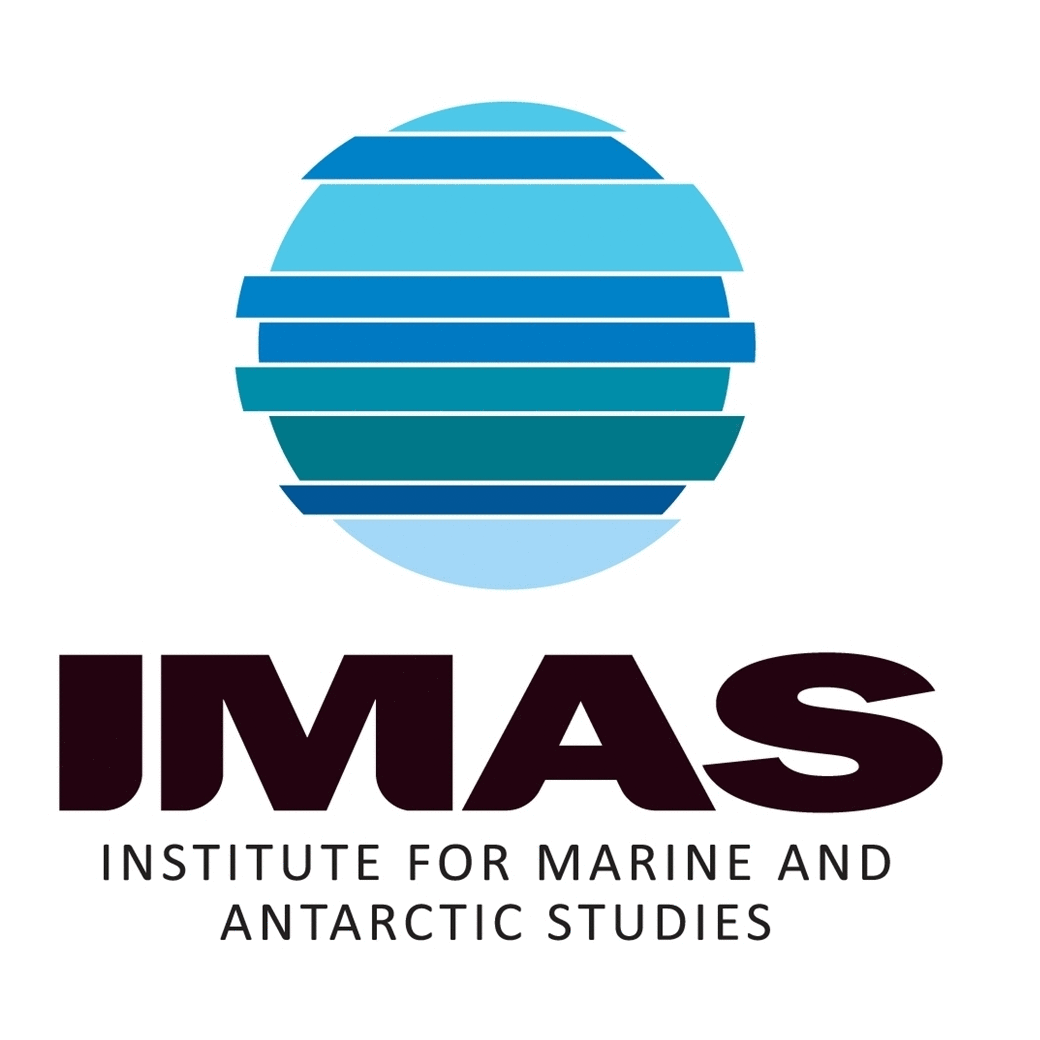Centrostephanus rodgersii
Type of resources
Topics
Keywords
Contact for the resource
Provided by
Years
-
This data package consists of two files to accompany the manuscript Smith J., Flukes E., Keane J.P. (2024) The risky nightlife of undersized sea urchins. Marine and Freshwater Research IN PRESS. Dataset A: 211 Centrostephanus rodgersii (longspined sea urchin) were measured for test diameter and spine canopy at Fortescue Bay, Tasmania, Australia in May-June 2023 (FB_TD_SC.csv) Dataset B: Urchin movement data from Flukes et al. 2023 and associated urchin sizes measured in this study (whole_measured_df.csv)
-
The spatial extent of C. rodgersii "barrens" was estimated by surveying rocky reef habitat with a towed underwater video system. Sampling took place at 13 regions along the east coast of Tasmania, each comprising 3 subsites, this dataset refers to the St Helens region, and its 3 subsites: Binalong Bay, St Helens Island and St Helens Point
-
The spatial extent of C. rodgersii "barrens" was estimated by surveying rocky reef habitat with a towed underwater video system. Sampling took place at 13 regions along the east coast of Tasmania, each comprising 3 subsites, this dataset refers to the Forestier Peninsula region, and its 3 subsites: Sisters, Visscher Island and High Yellow Bluff.
-
The spatial extent of C. rodgersii "barrens" was estimated by surveying rocky reef habitat with a towed underwater video system. Sampling took place at 13 regions along the east coast of Tasmania, each comprising 3 subsites, this dataset refers to the Bicheno region, and its 3 subsites: Denison, Governor Island and Lodi.
-
The spatial extent of C. rodgersii "barrens" was estimated by surveying rocky reef habitat with a towed underwater video system. Sampling took place at 13 regions along the east coast of Tasmania, each comprising 3 subsites, this dataset refers to the Four-mile Creek region, and its 3 subsites: Falmouth, Ironhouse Point and Saltwater Inlet.
-
The spatial extent of C. rodgersii "barrens" was estimated by surveying rocky reef habitat with a towed underwater video system. Sampling took place at 13 regions along the east coast of Tasmania, each comprising 3 subsites, this dataset refers to the North Bruny Island region, and its 3 subsites: Patrick's Bight, Trumpeter Point and Yellow Bluff.
-
Sixty animals were collected from each of Bass Pt, New South Wales (lat 34°35' S, long 150°54' E; August 2000); south side of East Cove, Deal Is, Bass St. (lat 39°28.4' S, long 147°18.4' E; June 2000) and Fortescue Bay, Tasmania (lat 43°8.5' S, long 148°0.0' E; October 2000 and April 2001). To examine the genetic relationship between the three site populations of Centrostephanus rodgersii, allelic diversity and heterozygosity among the three sites was compared using BIOSYS.
-
A photographic and in situ diver survey of marked incipient Centrostephanus rodgersii barren patches, in eastern Tasmanian, was used to assess any changes in the grazed area and shape at experimental (lobster translocation/ research reserve protection sites; and abalone diver urchin cull sites) versus control sites.
-
The spatial extent of C. rodgersii "barrens" was estimated by surveying rocky reef habitat with a towed underwater video system. Sampling took place at 13 regions along the east coast of Tasmania, each comprising 3 subsites. Substrate and habitat type were recorded using video analysis, with 4 categories of urchin barren habitat recognised (see below for definitions).
-
The spatial extent of C. rodgersii "barrens" was estimated by surveying rocky reef habitat with a towed underwater video system. Sampling took place at 13 regions along the east coast of Tasmania, each comprising 3 subsites, this dataset refers to the Maria Island region, and its 3 subsites: Beaching, Bunker and Mistaken Cape.
 IMAS Metadata Catalogue
IMAS Metadata Catalogue